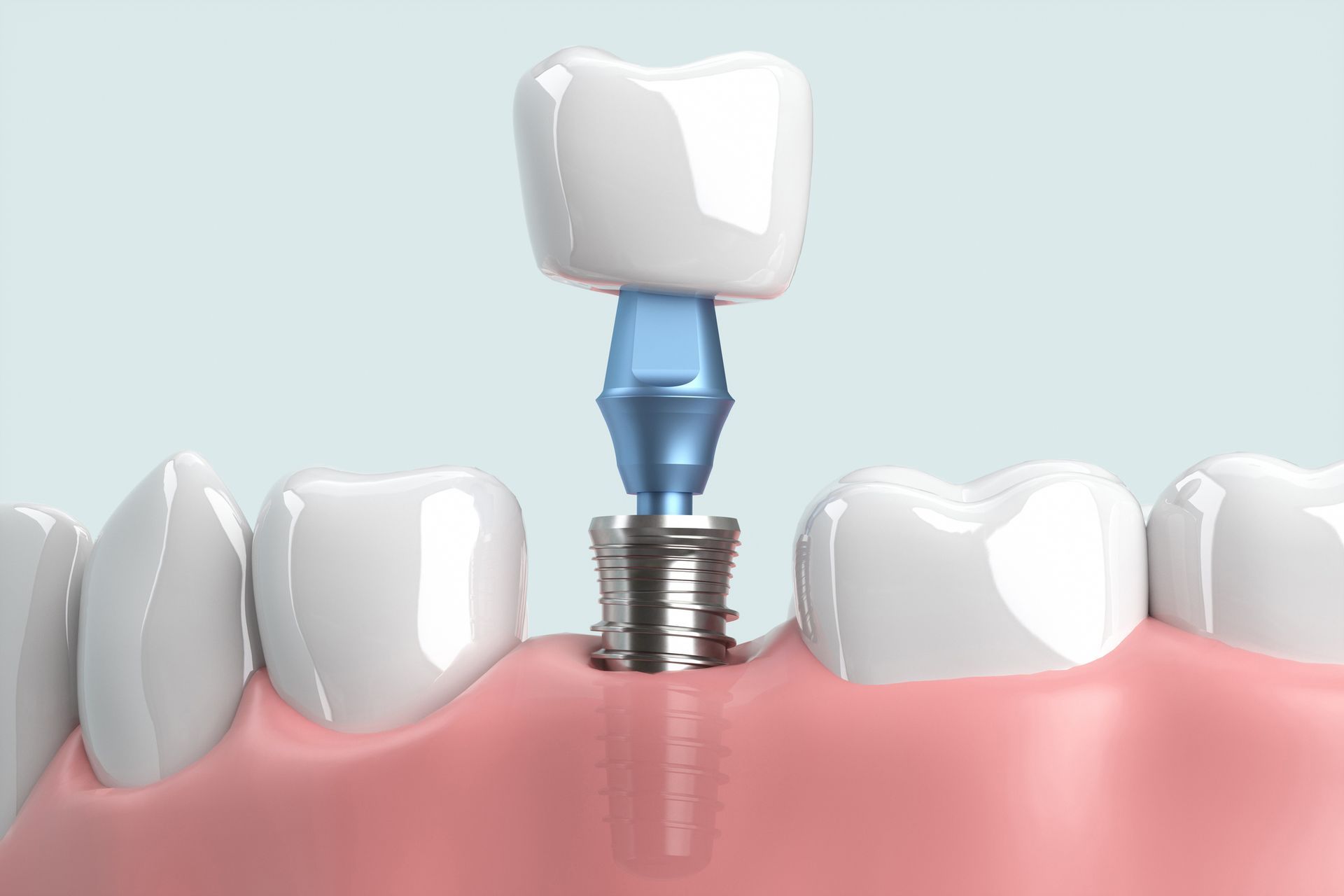UNDERSTANDING SCALING AND ROOT PLANING
- By Admin
- •
- 03 Jun, 2020

If you have developed large pockets in the gums around your teeth or you face the prospect of tooth loss due to gum disease, you may need a procedure known as scaling and root planing. This type of deep dental cleaning can stabilize your gum problems and help you keep your teeth for many years to come.
The more you understand the purposes, processes, and benefits of scaling and root planing, the better you'll feel about having this procedure administered. Take a look at the following key points.
Why Dentists Prescribe Scaling and Root Planing
Scaling and root planing removes the tartar that causes periodontal disease. Tartar develops when plaque formed from saliva and food particles hardens. While some tartar sticks to visible tooth surfaces, other tartar may collect in periodontal pockets, small gaps between the gums and the tooth roots.
As bacteria feed on tartar, they cause the immune system to react by producing inflammation. Unfortunately, this inflammation does more harm to the gum tissue than it does to the bacteria. The resulting destruction widens the periodontal pockets and weakens the ligaments that hold the teeth in place.
How Scaling and Root Planing Improves Oral Health
The removal of accumulated tartar from the tooth roots gives the gum tissue a chance to heal and strengthen itself. This healing allows enlarged periodontal pockets to shrink to a more normal size while also helping to keep the teeth anchored firmly in the mouth.
The scaling and root planing procedure also removes bacteria, at the same time removing the tartar used as the bacteria's food source. This cleansing process eliminates a major potential health threat, since bacteria in the periodontal pockets can infect the jawbone, enter the bloodstream, and attack major organs.
What to Expect From Scaling and Root Planing
Scaling and root planing may occur in a single dental appointment or over the course of multiple dental appointments. If you schedule it as multiple appointments, one quarter of your mouth at a time may receive this form of treatment.
Either your dentist or your dental hygienist will administer scaling and root planing. You may request a local anesthetic to minimize any discomfort. In the scaling phase of the treatment, a manual dental scaler or an ultrasonic instrument will remove the tartar from all parts of your teeth, including the enamel below the gum line.
During the second phase of the procedure, the practitioner uses an instrument to smooth the planes of your tooth roots. The removal of any rough areas reduces the chances for future bacteria to adhere to the root surfaces. The dentist or dental hygienist may also place an antibiotic called doxycycline in your periodontal pockets.
You may feel some gum and tooth sensitivity for a couple of days following your scaling and root planing. Your dentist will prescribe any additional medication or other helpful after-care items you may need. You may also receive specific instructions on how long to wait before eating, drinking alcohol, or flossing.
Your dentist may recommend ongoing care to help combat the chronic nature of periodontal disease. However, these follow-ups may limit themselves to scaling, tooth polishing, and possibly antibiotic treatment, with no need to repeat the root planing. Your teeth may also receive an application of fluoride.
How to Prevent the Need for Scaling and Root Planing
If you have not yet become a candidate for scaling and root planing, some simple preventative care can help you avoid any need for such a procedure. Brush and floss regularly according to your dentist's instructions. Get the proper nutrition from a balanced diet, don't use tobacco, and schedule regular dental checkups and cleanings.
If you need scaling and root planing, Bradley Piotrowski, DDS, MSD, LLC will perform this procedure with a high degree of skill, expertise, and professionalism. Contact our dental office to schedule an appointment.
AREAS WE SERVE
- Alva
- Ave Maria, Florida
- Bonita Springs, Florida
- Cape Coral, Florida
- Estero, Florida
- Fort Myers Beach, Florida
- Goodland, Florida
- Lehigh Acres
- Lely
- Marco Island, Florida
- Naples, Florida
- Saint James City, Florida
- Sanibel Island, Florida
- Vanderbilt Beach, Florida
AREAS WE SERVE
- Alva
- Fort Myers Beach, Florida
- Naples, Florida
- Ave Maria, Florida
- Goodland, Florida
- Saint James City, Florida
- Bonita Springs, Florida
- Lehigh Acres
- Sanibel Island, Florida
- Cape Coral, Florida
- Lely
- Vanderbilt Beach, Florida
- Estero, Florida
- Marco Island, Florida
This web site is not designed to, and does not, provide medical advice. all content ("content"), including text, graphics, images and information available on or through this web site are for general informational purposes only.
The content is not intended to be a substitute for professional medical advice, diagnosis or treatment. Never disregard professional medical advice, or delay in seeking it, because of something you have read on this web site. Never rely on information on this web site in place of seeking professional medical advice.
Bradley Piotrowski, DDS, MSD, LLC is not responsible or liable for any advice, course of treatment, diagnosis or any other information, services or products that you obtain through this site. You are encouraged to confer with your doctor with regard to information contained on or through this web site. After reading articles or other content from this web site, you are encouraged to review the information carefully with your professional healthcare provider.
CONTACT INFORMATION
Address: 1044 Castello Drive, Suite 202, Naples, FL 34103
Phone:
(239) 263-6003
Email: drbradpiotrowski@gmail.com
Business Hours:
- Mon - Thu
- -
- Friday
- Appointment Only
- Sat - Sun
- Closed













